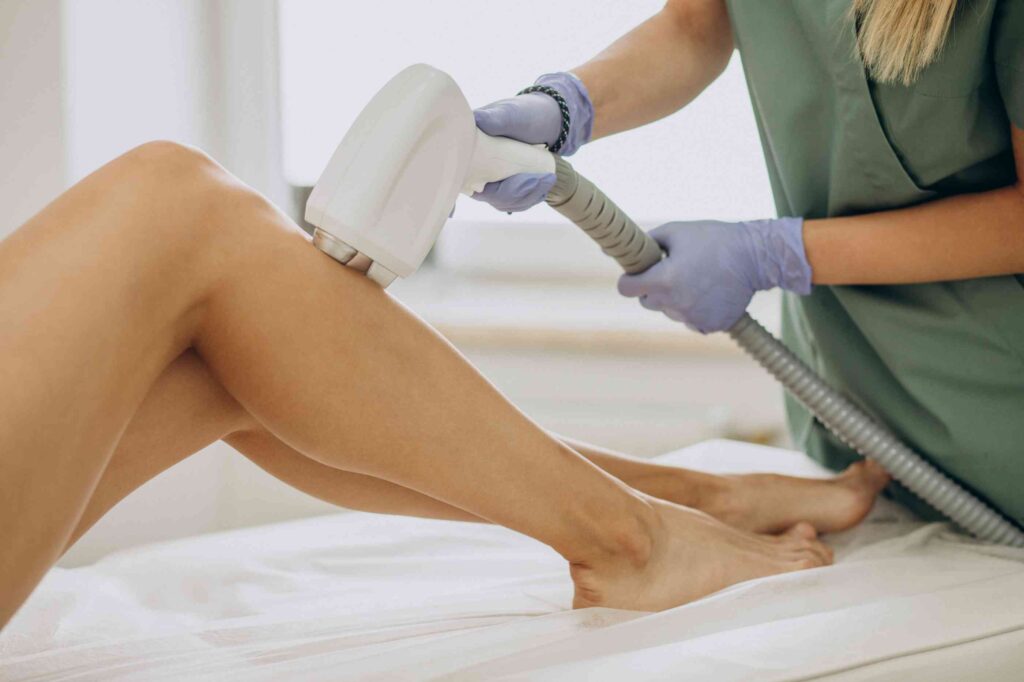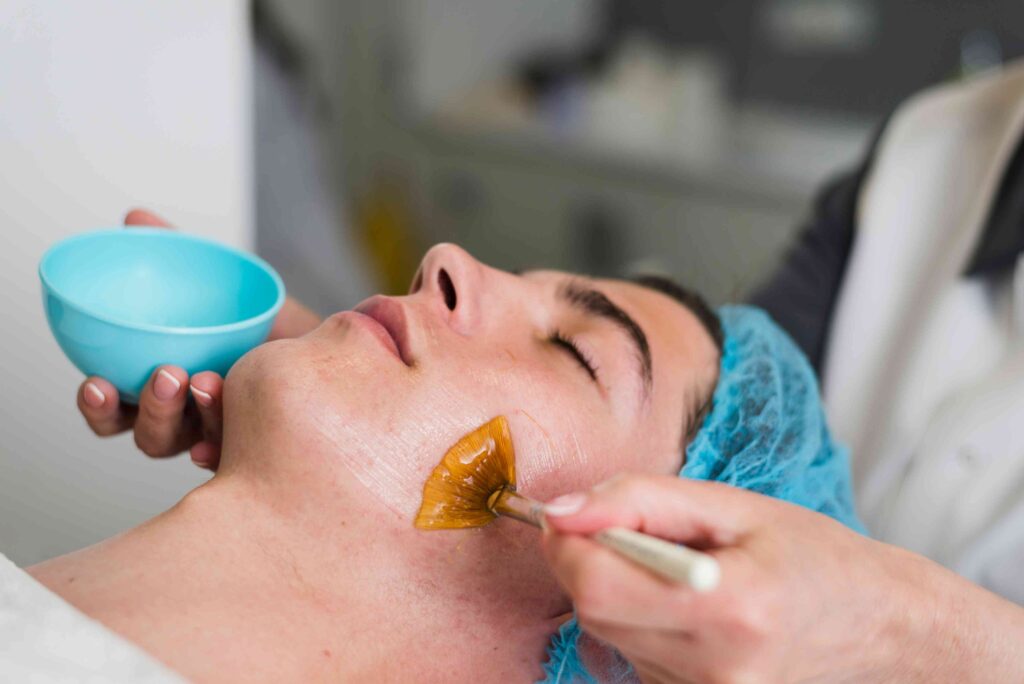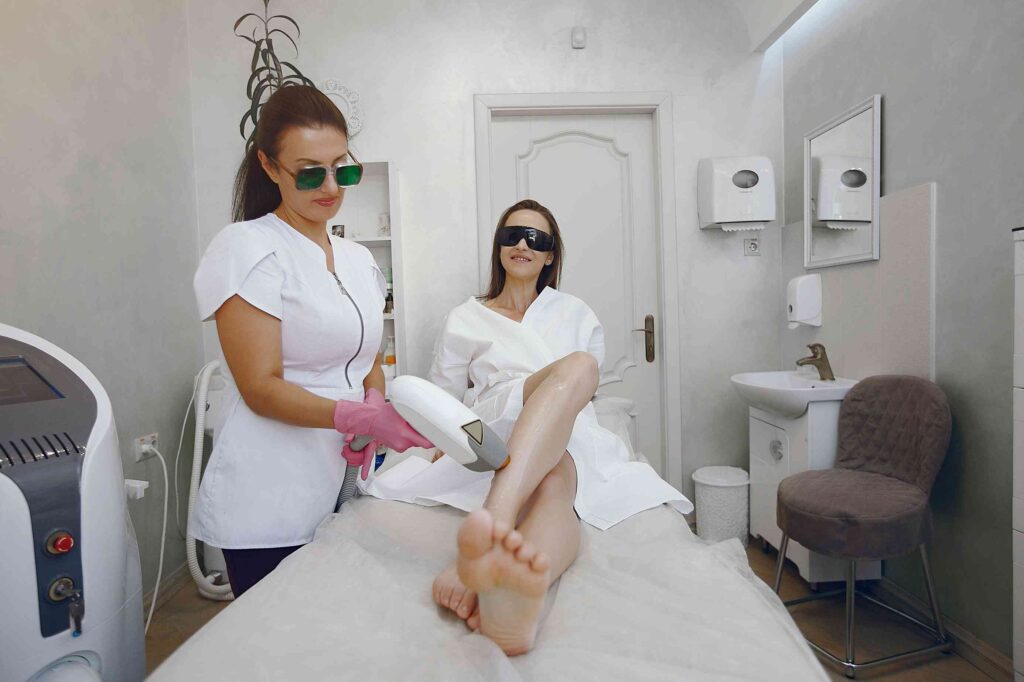Hair loss is one of the common problems that affects many individuals, regardless of age or gender. While there are various treatments available, Platelet-Rich Plasma (PRP) therapy has emerged as one of the most effective and innovative solutions for hair restoration. PRP therapy uses the body’s natural healing mechanisms to revitalize hair follicles and stimulate …
Hair loss is one of the common problems that affects many individuals, regardless of age or gender. While there are various treatments available, Platelet-Rich Plasma (PRP) therapy has emerged as one of the most effective and innovative solutions for hair restoration. PRP therapy uses the body’s natural healing mechanisms to revitalize hair follicles and stimulate hair growth. In this article, we will delve into how PRP therapy works, the benefits it offers, and why it has become a popular treatment for hair restoration.
What is Platelet-Rich Plasma (PRP) Therapy?
PRP therapy is a non-surgical treatment that involves drawing a small sample of the patient’s blood, processing it to concentrate the platelets, and then re-injecting the enriched plasma into areas of the scalp affected by hair loss. Platelets are rich in growth factors that stimulate cell regeneration and tissue repair, which in turn can rejuvenate dormant hair follicles and promote the growth of new, healthy hair.
The PRP procedure is very minimally invasive, making it an optimal option for those seeking a natural solution for hair loss. Since the treatment uses the patient’s own blood, there is minimal to no risk of allergic reactions or complications.
How PRP Therapy Revitalizes Hair Growth
PRP therapy works by stimulating the scalp and hair follicles in several ways, leading to improved hair health and growth. Platelet-Rich Plasma (PRP) therapy plays a significant role in revitalizing hair growth by stimulating hair follicles and improving scalp health. The concentrated platelets, rich in growth factors, activate dormant hair follicles, especially those that have slowed down or become inactive due to aging or other factors. By rejuvenating these follicles, PRP encourages the growth of thicker and healthier hair. Additionally, the therapy enhances blood circulation in the scalp, which ensures that hair follicles receive a sufficient supply of nutrients and oxygen, vital for healthy hair growth.
This improved circulation helps nourish the scalp, creating a favorable environment for new hair to thrive. PRP therapy also extends the anagen phase, the active growth phase of the hair cycle, resulting in longer, denser hair. By prolonging this phase, PRP supports fuller and more robust hair growth. Furthermore, as PRP strengthens hair follicles, it can effectively reduce hair shedding, a common issue for individuals experiencing hair thinning. By revitalizing the follicles, PRP helps minimize excessive hair loss and promotes consistent, healthy hair growth.
Benefits of PRP Therapy for Hair Restoration
PRP hair restoration therapy offers several advantages over traditional hair restoration treatments. Here are some of the key benefits of this treatment:
Natural and Safe Treatment
One of the biggest advantages of PRP therapy is that it is a completely natural treatment. Since the procedure uses the patient’s own blood, there is little risk of an allergic reaction or other adverse side effects. This makes PRP therapy a safe option for those seeking a non-invasive and natural method for hair restoration.
Minimally Invasive Procedure
Unlike traditional hair transplant surgery, PRP therapy is a minimally invasive treatment that does not require incisions or stitches. This results in less trauma to the scalp and a much faster recovery time. Most patients can return to their daily activities shortly after the procedure with minimal downtime.
Quick and Convenient Treatment
The PRP treatment process is relatively quick. A typical session takes about 45 minutes to an hour, including the time required to draw the blood, process it, and inject the PRP into the scalp. For individuals with busy schedules, this makes PRP a convenient option for those seeking hair restoration without a long recovery time.
Effective for Various Types of Hair Loss
PRP therapy is effective for treating several types of hair loss, including androgenetic alopecia (male and female pattern baldness), thinning hair, and hair loss due to hormonal changes. By stimulating hair follicles, PRP can restore hair growth in both men and women who are experiencing different types of hair thinning or shedding.
Long-Term Results
While results from PRP therapy may not be immediate, patients typically begin to notice improvements after several weeks. As hair growth is gradually stimulated, results continue to improve over the following months. With proper maintenance, PRP therapy can offer long-term benefits, providing individuals with thicker, fuller hair over time.
The PRP Treatment Process
The PRP treatment process is straightforward and involves several key steps to ensure the best possible results. Before undergoing PRP therapy, it is important to have a consultation with a qualified specialist who will assess your hair loss condition. During this consultation, the specialist will evaluate your scalp health, the extent of hair loss, and your suitability for the procedure. Based on this evaluation, a personalized treatment plan will be created to meet your specific needs. Once you’re cleared for the procedure, a small sample of blood is drawn from your arm, similar to a routine blood test. This sample is then processed to separate the platelets from other blood components.
The collected blood is placed in a centrifuge, which spins it at high speeds to separate the platelets from red and white blood cells, resulting in platelet-rich plasma (PRP), a concentrated substance rich in growth factors. After the PRP is prepared, it is carefully injected into the areas of the scalp where hair loss is most prominent. Using a fine needle, the injections target specific areas to stimulate the hair follicles and encourage hair growth. Following the treatment, patients may experience mild redness or swelling at the injection sites, but these side effects typically subside within a few hours. Aftercare instructions may include avoiding direct sun exposure, harsh hair treatments, or strenuous physical activities for a few days to ensure optimal results. PRP Solutions are also helpful in Knee pain, Shoulder pain providing effective relief from the health concerns.
Results and Expectations
It’s important to have realistic expectations when considering PRP therapy. Results can vary depending on the individual’s hair type, the extent of hair loss, and their response to the treatment. Typically, patients see noticeable improvements in hair density and thickness after about three to six months, with optimal results appearing after multiple sessions.
For most patients, a series of treatments is required to achieve the desired results. Beginning sessions are spaced about some weeks apart, followed by maintenance sessions every few months. There are also several other PRP Treatments available in market providing effective benefits.
Considerations for PRP Therapy
While PRP therapy is a safe and effective treatment for hair loss, there are a few considerations to keep in mind before proceeding. PRP therapy typically requires multiple sessions to achieve optimal results, with each session building upon the previous one to gradually stimulate hair growth. While the cost of the treatment can be significant and varies depending on the clinic and the number of sessions needed, many patients find the long-term benefits to be well worth the investment. It is most effective for individuals in the early stages of hair loss or those experiencing thinning hair. Those with severe hair loss or scarring may need to consider alternative treatments.
Conclusion
Platelet-Rich Plasma (PRP) therapy offers a promising, non-surgical solution for those seeking to restore their hair’s natural thickness and vitality. By harnessing the body’s natural growth factors, PRP stimulates hair follicles, improves scalp health, and promotes the growth of healthier, fuller hair. With minimal risk, quick recovery, and long-lasting results, PRP therapy has become a popular choice for individuals looking to combat hair loss and rejuvenate their hair. If you’re considering PRP for hair restoration, it’s important to consult with a qualified specialist to determine if it’s the right option for you and to develop a treatment plan tailored to your specific needs.






